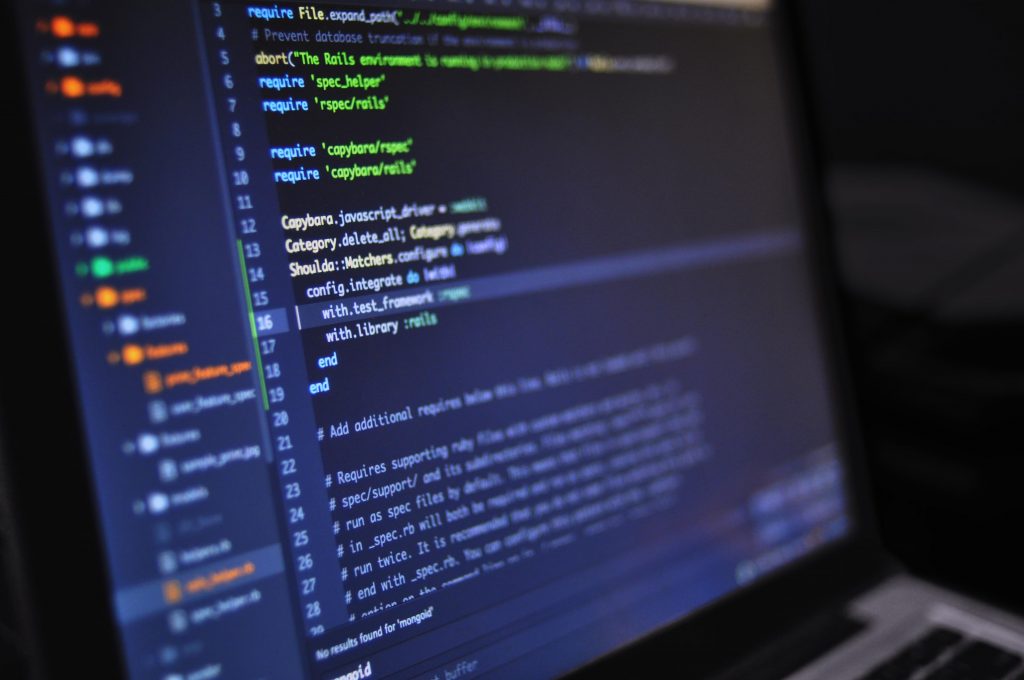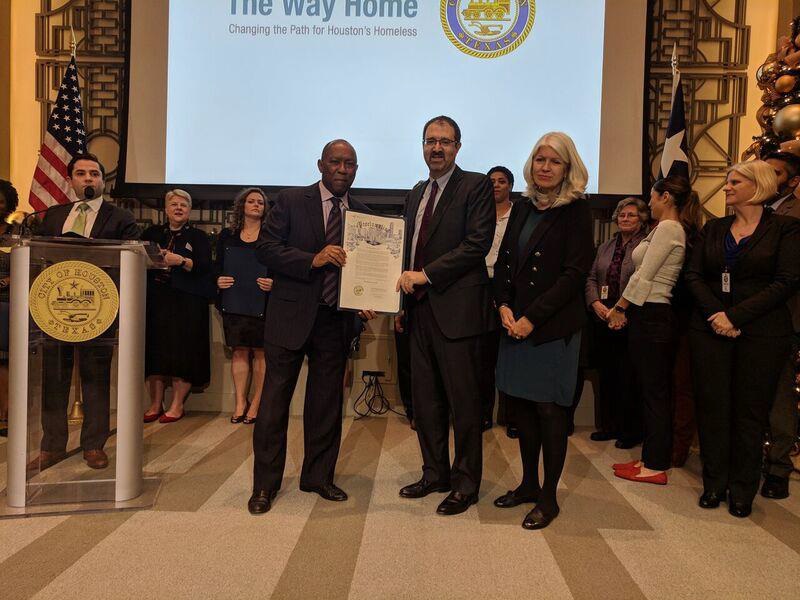Regulating E-Cigarette and Marijuana Use in Public Housing
n 2016, the U.S. Department of Housing and Urban Development (HUD) issued a regulation requiring public housing authorities (PHAs) to implement smoke-free policies by July 2018. HUD required that the policies prohibit smoking in indoor areas, as well as any outdoor area within 25 feet of an indoor area where smoking is prohibited. It defined smoking as the use of “prohibited tobacco products,” which includes conventional cigarettes, cigars, pipes, and hookahs. Under this regulation, PHAs retain the authority to go beyond the minimum requirements of the HUD rule. Many PHAs have done so by restricting smoking in additional outdoor areas or prohibiting the use of electronic cigarettes (e-cigarettes). The rule has now been in place for more than one year, and some PHAs have wrestled with the question of what other products to include within their smoking restrictions, in addition to cigarettes, cigars, pipes, and hookahs.
This article will discuss two specific products – e-cigarettes and marijuana – and propose an expanded definition of smoking that encompasses both products.
E-Cigarettes
In the explanatory materials accompanying the smoke-free rule, HUD noted that “PHAs may exercise their discretion to include a prohibition on [e-cigarettes] in their individual smoke-free policies if they deem such a prohibition beneficial.” Here are three benefits to doing so:
- Secondhand exposure to e-cigarette aerosol poses a health risk. In a 2016 report, the U.S. Surgeon General noted that “[e] cigarette aerosol is not harmless ‘water vapor,’” and there is a potential for allergic reactions in non-users. The National Academies of Sciences, Engineering, and Medicine has concluded that “there is conclusive evidence that e-cigarette use increases airborne concentrations of particulate matter and nicotine in indoor environments compared with background levels.”
- E-cigarettes pose a risk of explosion or fire and can be toxic when disposed of improperly.
- Some e-cigarettes physically resemble conventional cigarettes, which can complicate the enforcement of smoke-free policies by making residents and guests think smoking is permitted.
To ensure e-cigarettes are included in a PHA’s smoke-free policy, it is important that the policy has a comprehensive definition of “smoking” that includes all products that can be considered e-cigarettes. A wide variety of e-cigarettes are available. Some physically resemble conventional cigarettes, while newer products like JUUL look more like a flash drive for a computer. A comprehensive definition of “smoking” is included in the last section of this article.
Marijuana
According to the National Conference of State Legislatures, 14 states and territories have approved the recreational use of marijuana, while 32 states and four territories allow for medical use. However, possession and use of marijuana is still illegal under federal law. As such, HUD’s treatment of marijuana is more complicated than e-cigarettes.
In 2011 and 2014, HUD issued memos describing how PHAs and other managers of federally assisted housing should treat marijuana use by tenants. The memos state that “[o]wners of federally assisted housing are required…to deny admission to any household with a member who the owner determines is, at the time of application for admission, illegally using a controlled substance [including marijuana],” regardless of whether the marijuana use is for medical or recreational purposes. However, the standards are not as strict if an existing tenant is found to be a marijuana user. In these circumstances, the property manager may choose to terminate the residency, but is not required to do so. In the words of the 2014 memo, “the continued occupancy standards ‘allow’ termination by the owner.” The HUD memos make no distinction as to whether the marijuana use occurs on the HUD-assisted property or elsewhere. In contrast to these memos, HUD’s smoke-free regulation does not prohibit, or even mention, marijuana use: it restricts only the use of “prohibited tobacco products.”
There are many reasons a property manager would want to restrict the smoking or vaping of marijuana. Secondhand marijuana smoke and aerosol pose health risks comparable to those from secondhand tobacco smoke and aerosol. Smoking or vaping marijuana can also create a fire risk. Finally, renovation costs may be higher if marijuana has been smoked in an apartment.
Consequently, any smoke-free policy should prohibit the use of marijuana in the same manner as tobacco use is prohibited. Even though marijuana use is already restricted by HUD’s 2011 and 2014 memos, including it in a smoke-free policy has benefits. In addition to protecting the health and safety of residents, it can be used as an opportunity to educate residents about HUD’s other restrictions related to marijuana use.
Residents who use marijuana for medical purposes may argue that they have a right or a medical necessity to use marijuana. However, as a Public Health Law Center publication notes, there is no absolute right to smoke medical or recreational marijuana in any state, especially when smoking impacts others. Further, residents who use marijuana medically can smoke it in places where smoking is not prohibited, and they can also ingest it through means besides smoking or vaping. Marijuana can be consumed through edible products, pills, and tinctures, just to name a few methods that do not expose others to secondhand smoke or aerosol. Even though ingestion of marijuana through these means would not violate a smoke-free policy, it should be noted that doing so would potentially run afoul of HUD’s marijuana restrictions mentioned earlier.
n 2016, the U.S. Department of Housing and Urban Development (HUD) issued a regulation requiring public housing authorities (PHAs) to implement smoke-free policies by July 2018. HUD required that the policies prohibit smoking in indoor areas, as well as any outdoor area within 25 feet of an indoor area where smoking is prohibited. It defined smoking as the use of “prohibited tobacco products,” which includes conventional cigarettes, cigars, pipes, and hookahs. Under this regulation, PHAs retain the authority to go beyond the minimum requirements of the HUD rule. Many PHAs have done so by restricting smoking in additional outdoor areas or prohibiting the use of electronic cigarettes (e-cigarettes). The rule has now been in place for more than one year, and some PHAs have wrestled with the question of what other products to include within their smoking restrictions, in addition to cigarettes, cigars, pipes, and hookahs.
This article will discuss two specific products – e-cigarettes and marijuana – and propose an expanded definition of smoking that encompasses both products.
E-Cigarettes
In the explanatory materials accompanying the smoke-free rule, HUD noted that “PHAs may exercise their discretion to include a prohibition on [e-cigarettes] in their individual smoke-free policies if they deem such a prohibition beneficial.” Here are three benefits to doing so:
- Secondhand exposure to e-cigarette aerosol poses a health risk. In a 2016 report, the U.S. Surgeon General noted that “[e] cigarette aerosol is not harmless ‘water vapor,’” and there is a potential for allergic reactions in non-users. The National Academies of Sciences, Engineering, and Medicine has concluded that “there is conclusive evidence that e-cigarette use increases airborne concentrations of particulate matter and nicotine in indoor environments compared with background levels.”
- E-cigarettes pose a risk of explosion or fire and can be toxic when disposed of improperly.
- Some e-cigarettes physically resemble conventional cigarettes, which can complicate the enforcement of smoke-free policies by making residents and guests think smoking is permitted.
To ensure e-cigarettes are included in a PHA’s smoke-free policy, it is important that the policy has a comprehensive definition of “smoking” that includes all products that can be considered e-cigarettes. A wide variety of e-cigarettes are available. Some physically resemble conventional cigarettes, while newer products like JUUL look more like a flash drive for a computer. A comprehensive definition of “smoking” is included in the last section of this article.
Marijuana
According to the National Conference of State Legislatures, 14 states and territories have approved the recreational use of marijuana, while 32 states and four territories allow for medical use. However, possession and use of marijuana is still illegal under federal law. As such, HUD’s treatment of marijuana is more complicated than e-cigarettes.
In 2011 and 2014, HUD issued memos describing how PHAs and other managers of federally assisted housing should treat marijuana use by tenants. The memos state that “[o]wners of federally assisted housing are required…to deny admission to any household with a member who the owner determines is, at the time of application for admission, illegally using a controlled substance [including marijuana],” regardless of whether the marijuana use is for medical or recreational purposes. However, the standards are not as strict if an existing tenant is found to be a marijuana user. In these circumstances, the property manager may choose to terminate the residency, but is not required to do so. In the words of the 2014 memo, “the continued occupancy standards ‘allow’ termination by the owner.” The HUD memos make no distinction as to whether the marijuana use occurs on the HUD-assisted property or elsewhere. In contrast to these memos, HUD’s smoke-free regulation does not prohibit, or even mention, marijuana use: it restricts only the use of “prohibited tobacco products.”
There are many reasons a property manager would want to restrict the smoking or vaping of marijuana. Secondhand marijuana smoke and aerosol pose health risks comparable to those from secondhand tobacco smoke and aerosol. Smoking or vaping marijuana can also create a fire risk. Finally, renovation costs may be higher if marijuana has been smoked in an apartment.
Consequently, any smoke-free policy should prohibit the use of marijuana in the same manner as tobacco use is prohibited. Even though marijuana use is already restricted by HUD’s 2011 and 2014 memos, including it in a smoke-free policy has benefits. In addition to protecting the health and safety of residents, it can be used as an opportunity to educate residents about HUD’s other restrictions related to marijuana use.
Residents who use marijuana for medical purposes may argue that they have a right or a medical necessity to use marijuana. However, as a Public Health Law Center publication notes, there is no absolute right to smoke medical or recreational marijuana in any state, especially when smoking impacts others. Further, residents who use marijuana medically can smoke it in places where smoking is not prohibited, and they can also ingest it through means besides smoking or vaping. Marijuana can be consumed through edible products, pills, and tinctures, just to name a few methods that do not expose others to secondhand smoke or aerosol. Even though ingestion of marijuana through these means would not violate a smoke-free policy, it should be noted that doing so would potentially run afoul of HUD’s marijuana restrictions mentioned earlier.
Definition of “Smoking”
To include e-cigarettes and marijuana within a PHA’s smoke-free policy, the policy should have a comprehensive definition of “smoking” that includes e-cigarettes and plant products such as marijuana. Here is one definition that could be used:
“Smoking” means inhaling, exhaling, burning, or carrying any lighted or heated cigar, cigarette, or pipe, or any other lighted, heated, or activated tobacco, nicotine, or plant product intended for inhalation, including hookah and marijuana, whether natural or synthetic. “Smoking” does not include the use of plants for ceremonial purposes. “Smoking” does include the use of an electronic smoking device. “Electronic smoking device” means any device that can be used to deliver aerosolized or vaporized nicotine or any other substance to the person inhaling from the device, including, but not limited to, an e-cigarette, e-cigar, e-pipe, vape pen or e-hookah.
This definition accomplishes several goals. By including heated tobacco, it ensures that newer products like heated cigarettes are included in the smoking prohibition. Using the term “plant products” ensures that tobacco, marijuana, and any other plant that can be smoked is included. Should plants be used for ceremonial purposes, such as a Native American ceremony, they are excluded from this definition.
The definition uses the term “electronic smoking device” rather than “e-cigarette” or “vaping device.” Although the term “e-cigarette” is often used and is used in this article, it is a term that was originally applied to products that physically resemble conventional cigarettes. Many newer products bear no such resemblance. Similarly, terms like “vaping device” are not accurate and preferred by the e-cigarette industry. The devices produce an aerosol and not a vapor; the latter term sounds like it might be less harmful. The phrase “electronic smoking device” is a neutral term that accurately describes the products.
The above definition also includes products that may not be used to deliver nicotine. Although e-cigarettes are sometimes marketed as being nicotine-free, it is not always clear that this is an accurate descriptor. Regardless, it should not be up to the PHA to determine whether or not an e-cigarette contains nicotine. Consequently, the definition includes any product that “can be used to deliver aerosolized or vaporized nicotine or any other substance.” This way, any product commonly understood to be an e-cigarette is included in the definition, regardless of whether or not it contains nicotine. This definition would also include e-cigarettes used to aerosolize cannabis.
Conclusion
Since HUD’s smoke-free rule was implemented, some PHAs have struggled to determine which products they may want to include in the scope of their smoke-free policies. By broadly defining the term “smoking” to include the use of products like e-cigarettes and marijuana, PHAs can streamline enforcement of their policies while protecting the health and safety of their residents. Please visit the Public Health Law Center’s website for more information on smoke-free housing.
Mike Freiberg, J.D., is a Senior Staff Attorney with the Public Health Law Center in St. Paul, Minnesota.
More Articles in this Issue
Celebrating Housing America Month 2019
For more than 10 years, October has been Housing America Month, when NAHRO and its…Award of Excellence: Financial Freedom Program
The Portsmouth Redevelopment and Housing Authority (PRHA) wins a 2018 Award of Excellence in Resident and Client Services for the Financial Freedom Program,…Award of Excellence: STEM Connect After-School Program
The Housing Authority of the City of Meadville (HACM) wins a 2018 Award of Excellence…Award of Excellence: Promoting Healthy Communities for Seniors
The Housing Authority of the County of Los Angeles (HACoLA) wins a 2018 Award of Excellence in Resident and Client…Award of Excellence: Attendance Matters
The Sarasota Housing Authority (SHA) wins a 2018 Award of Excellence in Resident and Client Services for the Attendance Matters program, which focused…Award of Excellence: Comfortably Home
Bath Housing wins a 2018 Award of Excellence in Resident and Client Services for the Comfortably Home program, which provided…Award of Excellence: Houston’s Homeless Mayor’s Challenge
The Houston Housing Authority wins a 2018 Award of Excellence in Resident and Client Services for their efforts to help house over 500 chronically homeless individuals in…





